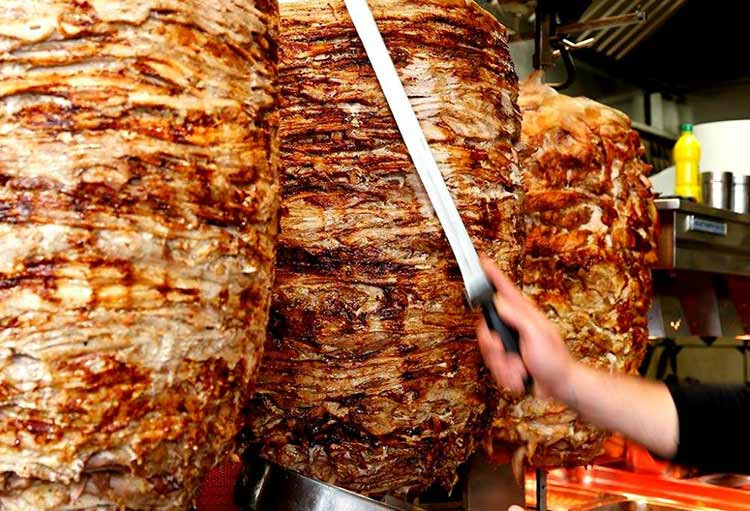In the heart of Greece’s culinary landscape lies a dish that embodies the essence of Mediterranean flavor and tradition: souvlaki. Whether enjoyed as a quick street food snack or savored as a hearty meal, souvlaki holds a special place in the hearts and palates of locals and visitors alike. Join us on a gastronomic journey as we delve into the rich history, tantalizing flavors, and enduring popularity of Greek souvlaki.

A Bite of History
Souvlaki traces its roots back to ancient Greece, where skewered meat was a common fare among soldiers and commoners alike. The word “souvlaki” itself is derived from the Greek word “souvla,” which means skewer or spit. Historically, skewered meat was cooked over an open flame, imparting a smoky flavor and tender texture to the meat.
Over the centuries, souvlaki evolved from a simple street food to a beloved culinary tradition. Today, it remains a ubiquitous presence in Greek cuisine, enjoyed in tavernas, restaurants, and street food stalls across the country. From the bustling streets of Athens to the idyllic islands of the Aegean, souvlaki is a culinary cornerstone that unites Greeks of all backgrounds.

The Anatomy of Souvlaki
At its core, souvlaki consists of bite-sized pieces of meat skewered and grilled to perfection. While pork is the most traditional choice, other meats such as chicken, lamb, and beef are also commonly used. The meat is typically marinated in a blend of olive oil, lemon juice, garlic, and aromatic herbs, infusing it with layers of flavor and tenderness.
Once marinated, the meat is threaded onto wooden or metal skewers and grilled over an open flame or on a charcoal grill. The result is succulent, juicy pieces of meat with a crispy exterior and smoky aroma—a true sensory delight.
While the meat takes center stage, souvlaki is often accompanied by a variety of accompaniments and condiments. Traditional garnishes include freshly chopped tomatoes, onions, and parsley, which add freshness and crunch to each bite. Tzatziki, a creamy yogurt and cucumber sauce, provides a cool contrast to the warm, savory meat, while a sprinkle of paprika or a squeeze of lemon adds a final burst of flavor.

A Culinary Icon
What sets souvlaki apart is not just its delicious taste, but also its versatility and accessibility. Whether enjoyed wrapped in a pita bread with salad and sauce or served on a plate with fries and a side of tzatziki, souvlaki can be customized to suit individual preferences and cravings. Its portable nature also makes it the perfect on-the-go snack or meal, ideal for busy city dwellers and hungry travelers alike.
Beyond its culinary appeal, souvlaki holds a special place in Greek culture, serving as a symbol of hospitality, conviviality, and community. Gathering with friends and family to enjoy souvlaki is a cherished tradition, one that celebrates the simple pleasures of good food and good company.
In conclusion, Greek souvlaki is more than just a dish—it’s a culinary institution that reflects the rich history, vibrant culture, and warm hospitality of Greece. Whether you’re savoring it on a sun-drenched terrace overlooking the Aegean Sea or grabbing a quick bite from a bustling street food vendor, each bite of souvlaki is a delicious reminder of the timeless allure of Greek cuisine.



